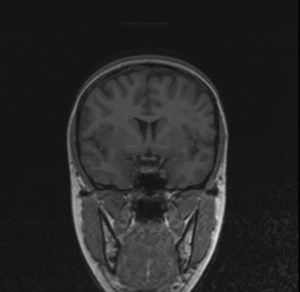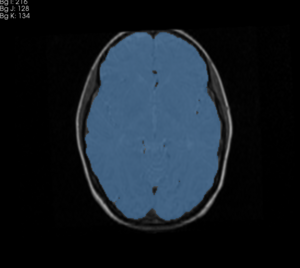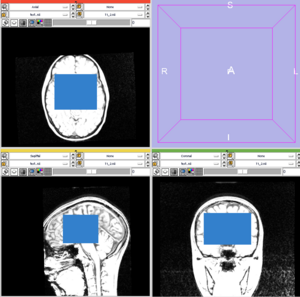Difference between revisions of "BRAINSMush"
From NAMIC Wiki
| Line 31: | Line 31: | ||
'''Figures:''' | '''Figures:''' | ||
| − | <gallery Caption="BRAINSMush" widths="300px" heights="300px" perrow=" | + | <gallery Caption="BRAINSMush" widths="300px" heights="300px" perrow="3"> |
| − | Image: | + | Image:Mush-Brain-T1.png|T1 Weighted Image |
| − | Image: | + | Image:Mush-Brain-T2.png|T2 Weighted Image |
| + | Image:Mush-Brain-Image|Resulting Mush Image | ||
| + | Image:Coronal-Mush-Mask.png|Resulting Mask, Coronal view, from the Mush brain algorithm | ||
| + | Image:Axial-Mush-Mask.png|Resulting Mask, Axial view, from the Mush brain algorithm | ||
| + | Image:Sagittal-Mush-Mask.png|Resulting Mask, Sagittal view, from the Mush brain algorithm | ||
| + | Image:Mush-Brain-Box.png|Initial brain box used in the first stage of the algorithm | ||
</gallery> | </gallery> | ||
Revision as of 15:43, 10 December 2008
Home < BRAINSMushThis is a tool to generate brain a volume mask from an input T1 and T2-weighted images. The resulting volume mask omits dura, skull, eyes, etc., but includes surface CSF. This application has recently been modified allowing the algorithm to run using only the T1 and T2-weighted images. In this application the following equation is optimized for the values a and b to minimize the variance in the resulting images across voxels within the brain.
M=a*T1+b*T2
The basic assumption for this algorithm is that the T1 and T2 images have been co-registered and have a minimal bias field.
Algorithm
- Use initial guess to brain using a conservative box placed about the center of the image
- Minimize the above equation for a and b constants
- Threshold the image
- Erode the thresholded mask
- Keep largest connected region
- Dilate mask
- Use resulting mask and repeat steps 2-6 using resulting mask
Progress:
- Standalone application now has been tested on several datasets.
- Source code has been posted on NITRC
- Integrated with BRAINS Software
Key Investigators:
- University of Iowa: Steven Dunn, Ronald Pierson, Greg Harris, Hans Johnson, Vincent Magnotta
Figures:
- BRAINSMush
- Mush-Brain-Image
Resulting Mush Image
Links:
Usage:
Papers:





